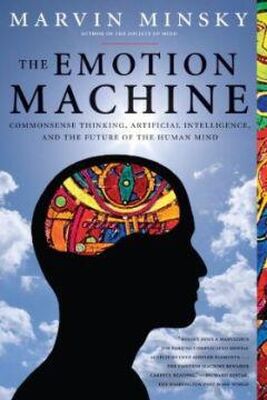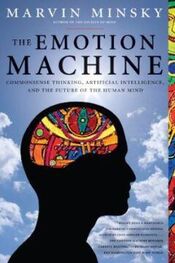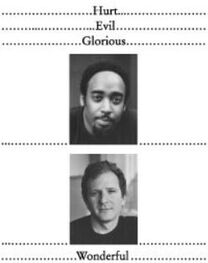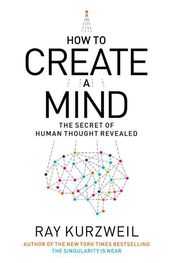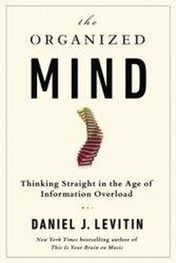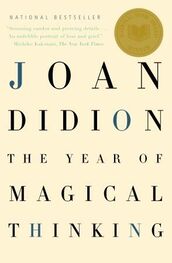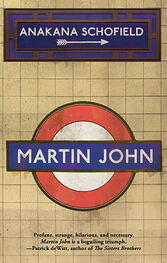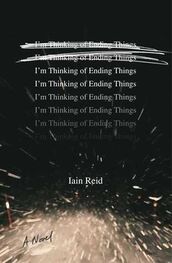West 1928: Rebecca West, The Strange Necessity, Doubleday, 1928, ISBN 0781270626.
Wilde 1905: Oscar Wilde, De Profundis , Methuen and Co., 1905.
Winston 1970: Patrick Winston, Learning structural descriptions from examples, AITR -231, PhD thesis, Cambridge, Mass.: MIT AI Lab, 1970. ftp://publications.ai.mit.edu/ai-publications/pdf/AITR-231.pdf
Winston 1975: Patrick H. Winston (ed.), The Psychology of Computer Vision. New York: McGraw-Hill, 1975.
Winston 1984: Patrick H. Winston. Artificial Intelligence . Addison-Wesley, Third Edition, 1992 1984. (1984 first edition is easier for beginners.)
Wundt 1897: Wilhelm Wundt Outlines of Psychology . Translated by C.H. Judd. Text at http://psychclassics.yorku.ca/Wundt/Outlines/
Zealand 2001: Around the clock , Statistics, New Zealand Time Use 1998-99, at http://www.stats.govt.nz/analytical-reports/time-use-survey.htm
See http://www.english.uiuc.edu/maps/poets/m_r/parker/lightverse.htm
Barry Took and Marty Feldman, Round the Horne, BBC Radio, 1966
This list is adapted from a note from Aaron Sloman in comp.ai.philosophy, 16/5/1995.
Nikolaas Tinbergen, The Study of Instinct, Oxford University Press, London, 1951. [See §§Tinbergen’s Theory .]
In The Strange Necessity, 1928.ISBN:0781270626.
See Glossary: Cross-Exclusion .
However, I recommend Aaron Sloman’s discussion of this in http://www.cs.bham.ac.uk/~axs/misc/talks/gatsby.slides.pdf.
In Girl, Interrupted, Vintage Books, 1994, pp. 137-143.
Such an ‘all-or-none’ view of what ‘understand’ means can be seen at http://home.hanmir.com/~prolog/ai/mind.html or in “Minds, Brains, and Computers” by John Searle, in Philosophy: The Quest for Truth . Oxford Univ. Press; 5th edition, ISBN:0195156242
R. Feynman, The Character of Physical Law , Modern Library, 1994, I SBN:0679601279. Note that when scientists say that two are representations are ‘equivalent,’ they do not mean to suggest that both are equally practical.
Michael Lewis, “Self-conscious Emotions,” American Scientist vol. 83, Jan 1995.
http://etext.library.adelaide.edu.au/a/a8rh/
This could relate to some psychoanalytic theories, which argue that such objects might help to make transition from early attachments to other kinds of relationships. See, for example, www.mythosandlogos.com/Klein.htm .
See §Memes: Dawkins, Henson, Blackmore.
[John Bowlby, Attachment, Basic Books, N.Y. 1973, p. 217]
ibid. Bowlby bases this on some research of H.R. Schaffer and P. E. Emerson, ‘ The development of social attachments in infancy, ’ Monogr. Soc. Res. Child Dev., 29, 3, 1-77, 1964.
John Bowlby, Separation p26. Basic Books, N.Y. 1973 ISBN 465-07691-2
Harry Harlow, American Psychologist , 13, 573-685, 1958, http://psychclassics.yorku.ca/Harlow/love.htm.
Jane van Lawick-Goodall, ‘The behavior of Free-living Chimpanzees in the Gombe Stream Reserve,’ Anim. Behav. Monogr. I: 161-311, 1968
In 1973, Konrad Lorenz and Nikolaas Tinbergen shared a Nobel Prize for these and other discoveries.
There also is some evidence that imprinting resembles addiction. For example, Jaak Panksepp’s [1988] experiments suggest that separation-distress may be similar to pain, because it is relieved by opiods. Howard Hoffman [1994] speculates that an object can become an Imprimer when certain aspects of its motion or shape arouse an innate mechanism that releases endorphins in the imprintee’s brain, and he conjectures that the resulting feelings of pleasure or comfort then somehow cause the object to be classified as ‘familiar’ enough to overcome other fearful reactions. In §9-x-Pleasure I’ll suggest that such feelings may play a somewhat less direct role.
Y. Spencer-Booth and R. A. Hinde, Animal Behavior, 19, 174-191 and 595-605, 1971
S. Seay, 1964
[See Chapter 4 of Digging Dinosaurs , John R. Horner and James Gorman, Harper and Row, 1998, ISBN -06-097314-5.]
For example, see Charles A. Nelson’s article at http://www.biac.duke.edu/education/courses/spring03/cogdev/readings/C.A.%20Nelson%20(2001).pdf
Francesca Acerra, Yves Burnod and Scania de Schonen, http://www.dice.ucl.ac.be/Proceedings/esann/esannpdf/es1999-22.pdf
Meltzoff and Moore (1977) appear to have shown that infants can imitate lip protrusion, mouth opening, tongue protrusion, and finger movement. See http://ilabs.washington.edu/meltzoff/pdf/97Meltzoff_Moore_FacialImit.pdf
“Studies in Animal and Human Behaviour,” Vol I, p. 132, Harvard Univ. Press, 1970
Multiple attachments are reported in Schaffer, H.R. and Emerson P.E. (1964) The development of social attachments in infancy, Monographs of Social Research in Child Development 29: no. 94. However, I could not find any studies of the long-term effects of having several Imprimers.
From a 1961 letter to Mrs. H. L. Austin
In Expression of The Emotions In Man And Animals
In §6-3 we’ll say more about what sometimes makes a goal feel like a force.
Ronald Melzack and Patrick Wall, in “Pain Mechanisms: A New Theory”, Science, 150, p. 975, 1965.
For example, see www.umass.edu/preferen/mpapers/SingerEmpathy.pdf
in “Why you can’t build a machine that feels pain,” Brainstorms , Bradford Books, 1978. This is an ironic title for the deeper idea that ‘pain’ is a suitcase word that comprises so many ideas and processes that it does not make much technical sense to speak of it as definite kind of entity.
See “Pain: Past, Present and Future, “ Ronald Melzack, Canadian Journal of Experimental Psychology 1993, 47:4, 615-629.
Marian Osterweis, Arthur Kleinman, and David Mechanic, “Pain and disability: Clinical, Behavioral, and Public Policy Perspectives.” National Academy Press, 1987
F.M. Lewis, “Experienced personal control and quality of life in late stage cancer patients. Nursing Research, 31(2) 113-119, 1982
— From a letter to Lord Alfred Douglas, written during Wilde’s imprisonment in Reading.
See http://www.counselingforloss.com/article8.htm.
“Touched With Fire: Manic-Depressive Illness and the Artistic Temperament,” pp 47-48, The Free Press, Macmillan, New York, 1993.
Читать дальше